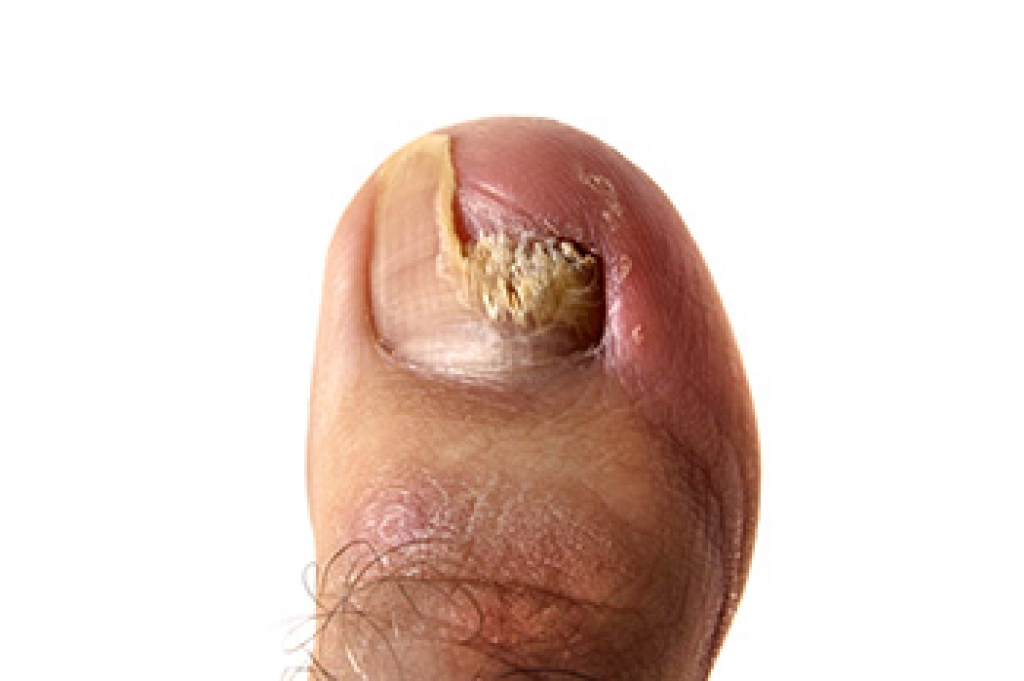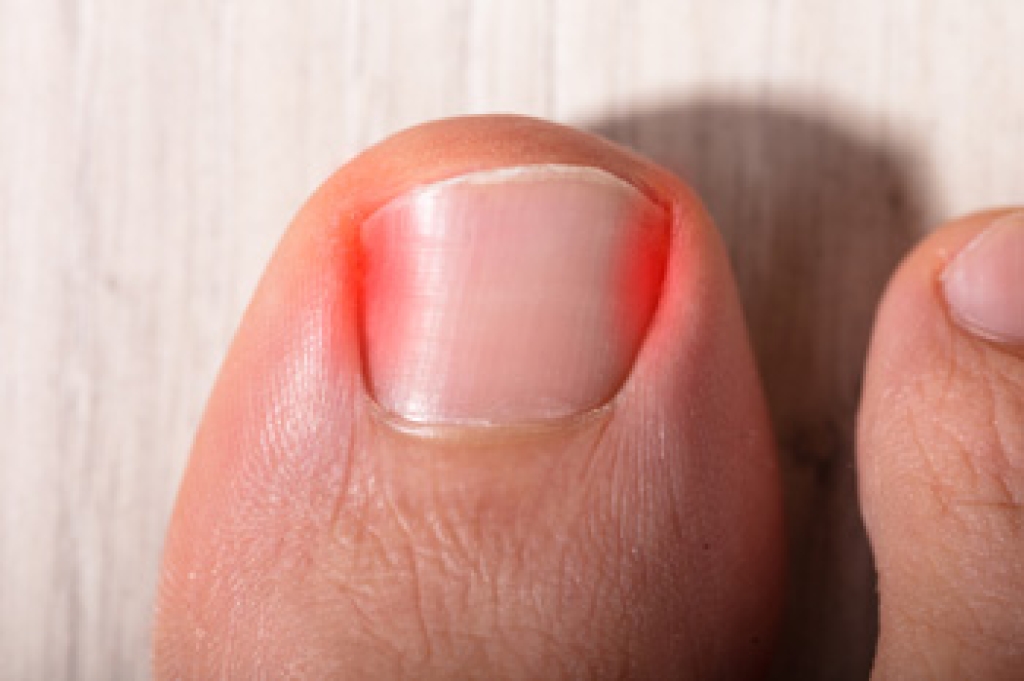
Proper footwear plays an essential role in healthy foot development for children. A child’s foot contains 26 bones and 35 joints, supported by soft tissues that are still developing strength and stability. When toddlers first begin walking, many appear flat-footed or may turn their feet inward, which usually improves as the arches and muscles strengthen. Shoes should provide protection without restricting natural movement, allowing the toes to spread and the foot to flex. Properly fitted footwear should include a wide toe box, flexible sole that bends near the front, and a secure heel counter to support alignment. Shoes that lack adequate support or are too tight can interfere with walking, and contribute to ingrown toenails or abnormal gait. A podiatrist can assess the structure and function of a child’s feet, monitor growth, and recommend footwear that reduces the risk of long-term complications. If your child is experiencing foot problems, it is suggested that you schedule an appointment with a podiatrist for an exam and appropriate treatment.
The health of a child’s feet is vital to their overall well-being. If you have any questions regarding foot health, contact one of our podiatrists of Granite State Podiatry Associates. Our doctors can provide the care you need to keep you pain-free and on your feet.
Tips for Keeping Children's Feet Healthy
- Make sure their shoes fit properly
- Look for any signs of in-toeing or out-toeing
- Check to see if they have Clubfoot (condition that affects your child’s foot and ankle, twisting the heel and toes inward) which is one of the most common nonmajor birth defects.
- Lightly cover your baby’s feet (Tight covers may keep your baby from moving their feet freely, and could prevent normal development)
- Allow your toddler to go shoeless (Shoes can be restricting for a young child’s foot)
- Cut toenails straight across to avoid ingrown toenails
- Keep your child’s foot clean and dry
- Cover cuts and scrapes. Wash any scratches with soap and water and cover them with a bandage until they’ve healed.
If you have any questions, please feel free to contact our offices located in Manchester and Bedford, NH . We offer the newest diagnostic and treatment technologies for all your foot care needs.




